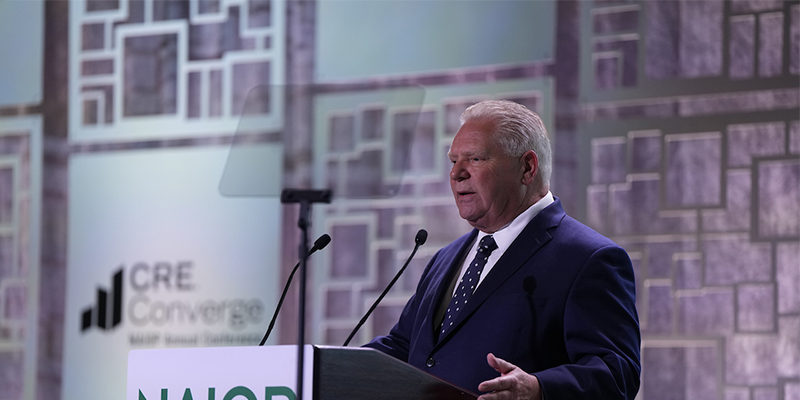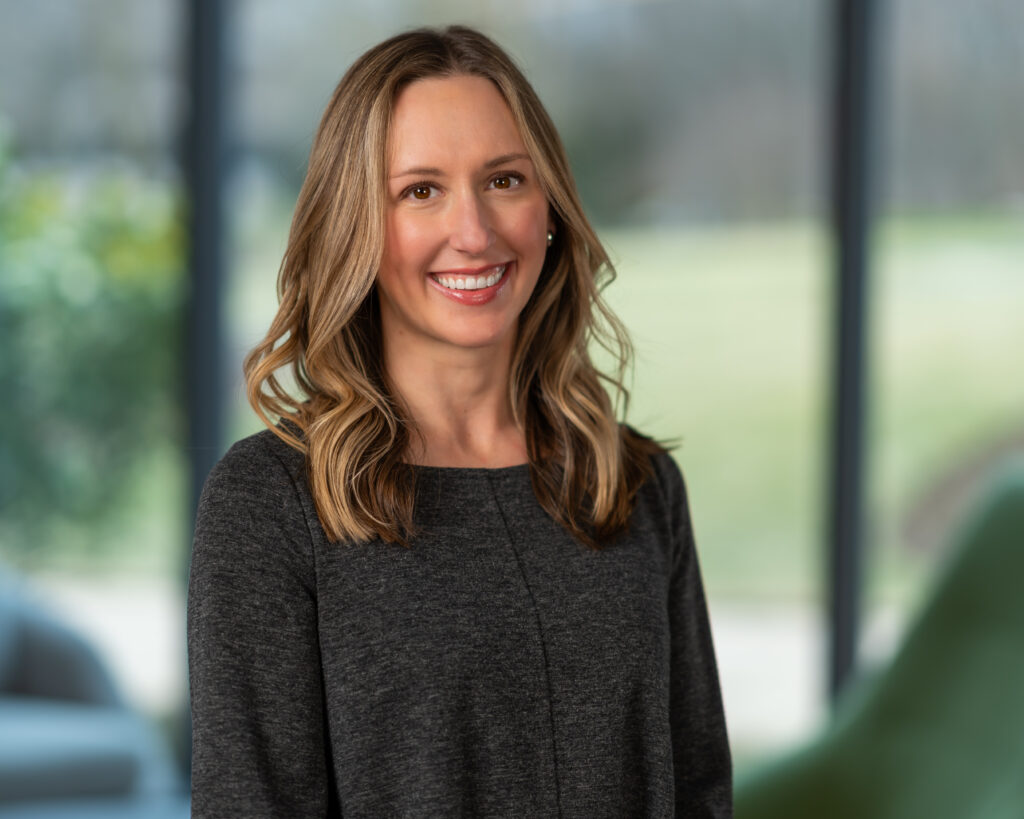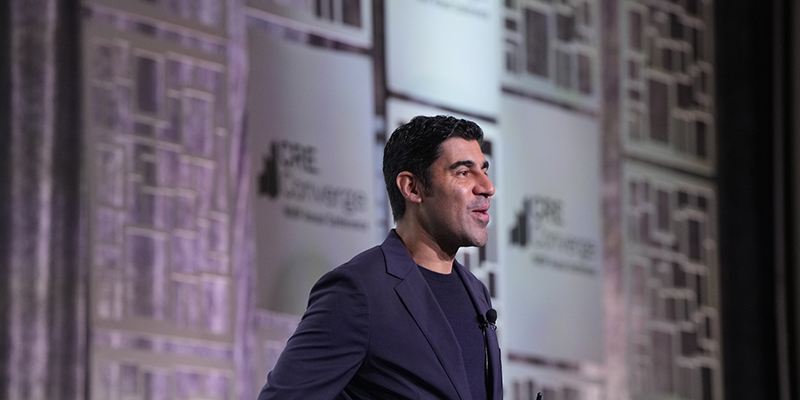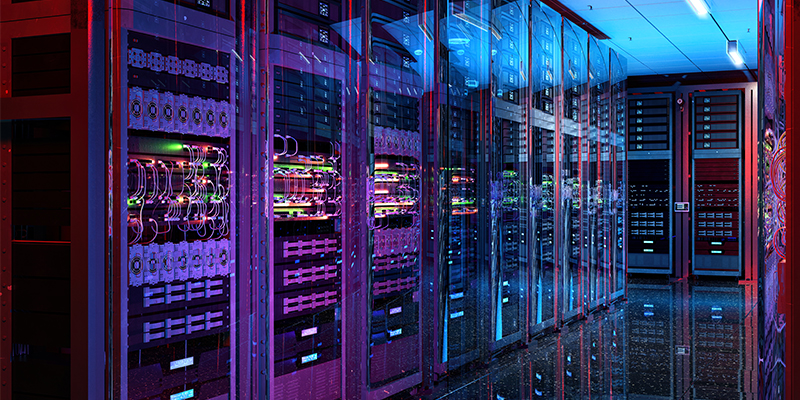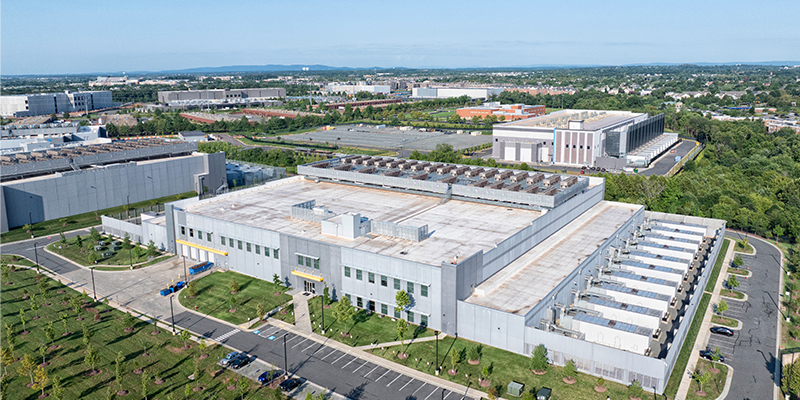By Brielle Scott
NAIOP was pleased to welcome special guest speaker Ontario Premier Doug Ford, a leader who has shaped business and government in Ontario and across North America, to the CRE.Converge conference in Toronto this week.
The premier shared candid insights on Ontario’s growth strategy, his vision for closer U.S.-Canada cooperation, and his concerns about the impact of tariffs on businesses and workers on both sides of the border.
Below are the premier’s remarks, lightly edited for clarity.
“I just want to welcome our American friends here. I always say I love the U.S.; I love Americans. I spent 20 years of my life in our business down in Chicago and New Jersey.
I want to thank Marc [Selvitelli, NAIOP president and CEO] and Alex Thomson [2025 NAIOP Chair] from NAIOP, the Commercial Real Estate Development Association, for inviting me to speak today about our plans to protect Ontario.
And I’m especially pleased to be at this event with so many Canadian and American leaders in both business and in politics, because our two countries are strongest when we work together instead of working against each other.
Unfortunately, as you all know, President Trump’s tariffs have taken direct aim at the close relationship with built over centuries and are hurting millions of workers on both sides of the border.
You know, if you look up Ronald Reagan’s comments about tariffs, they might sound good, it might sound patriotic for about a year or two, and then all heck breaks loose.
You’re seeing it already in the U.S. You talk to the auto sector, talk to the big auto manufacturers. They’ve lost $1 billion because of tariffs.
I believe in a different theory. I believe in the American-Canadian fortress.
We put a ring around it, and we can compete against anyone and everyone, no matter if it’s our critical minerals that we supply or our discounted oil that we ship down there, or our high-grade nickel or our potash or our uranium or aluminum – the list goes on.
We buy more goods from the U.S. than China, Japan, Korea, the U.K. and France. We buy over $350 billion in U.S. goods and vice versa – Americans buy more from us than anyone, but there’s a little misnomer.
You take out our discounted oil that is dirt cheap, that we’re shipping down there to keep the economy going, and the U.S. has a $60 billion surplus, which I’m okay with, but that message must get to President Trump.
You’re seeing inflation in the U.S., and it’s going to continue to grow unless President Trump can make a deal with Canada and Mexico. You have to lower the interest rates, you’ve got to reduce the debt, and we’re here to support you.
There’s nowhere else in the world I’d want to ship our critical minerals, and we have more critical minerals than anyone in the entire world right here in Ontario – critical minerals that support America’s military, aerospace and manufacturing.
We can ship it anywhere in the world, but I want to make sure it goes to our closest allies and friends. Hopefully we can get through this, because at the end of the day, we’re going to be here longer than President Trump’s going to be president, and we have to deal with the ramifications.
We have to tell the American people the real story, how it’s hurting the economy down there and it’s hurting the Canadian economy.
We shouldn’t be worried about what Canada is doing. The concern, from what I hear from Washington, D.C., is what China is doing.
That’s the concern, not your closest friend and allies here in Ontario.
We’ll keep pushing for free trade, a fair-trade deal that supports workers and businesses in both countries. We’re doing everything we can to stand up for Ontario workers and protect our province and our country.
That’s why we’re focused on making Ontario more competitive, self-reliant and resilient. I’ve never raised taxes in seven years. I’ve reduced the tax burden for companies by $11 billion each and every single year. We put billions of dollars back into people’s pockets.
It’s a very simple theory: put money back into companies’ pockets, they’re going to invest it in infrastructure, in technology, in their people. And the greatest asset we have here in Ontario is our people, our young students that we graduate.
Over 70,000 STEM graduates, soon to be 100,000 STEM graduates, every single year.
We have the resources, the workforce and the expertise to make Ontario the best place in the G7 [leading industrialized nations] to create jobs and do business.
And since we’ve been in office, we’ve seen over $70 billion of investment coming into Ontario because we’ve created the climate and conditions for companies to come here and thrive and prosper and grow.
And when companies thrive, prosper and grow, the people thrive, prosper and grow.
Our trading partners thrive, prosper and grow.
Our plan to protect Ontario starts with cutting red tape and our government’s bureaucracy so we can attract new investments from across Canada and around the world.
Foreign direct investment in Ontario last year amounted to 411 companies, nearly $40 billion, and created 25,000 jobs.
And we need to do the same on both sides of the border.
President Trump ran on creating more jobs, putting more money into people’s pocket, but unemployment is going up again; 77,000 manufacturing jobs have been lost.
We should be working together, working collaboratively together to take on the whole world. Because at the end of the day, we have each other. We rely on each other as we have for generations and generations.
Ontario is leading the country in tearing down inter-provincial trade barriers, which cost our country over $200 billion each year. In fact, we’ve already signed agreements with 10 other provinces and territories to make it easier for workers and goods to get from one province to another.
We’re also building new infrastructure, including pipelines, railways, ports, highways that will help Canadian energy and critical minerals get to new markets around the globe. And we’re making sure these pipelines and railways are built using Ontario steel.
We’re speeding up approvals and cutting red tape so we can unlock our critical minerals and build the infrastructure faster. We’re also increasing our investment in Ontario’s plan to build new highways, roads and bridges. We’re building the largest transit system in North America to the tune of over $200 billion a year in the Greater Toronto area.
These investments are part of the largest plan to build in Canadian history.
And once again, we’re making sure that we use Ontario Steel forestry products and any other Ontario-made product that we can as we build. I’ve directed our government to use $200 billion to buy Ontario goods.
I believe we should open the borders. We should have free trade.
Our plan is keeping workers on the job right here in Ontario, supporting Ontario’s growth and helping us tackle gridlock so people and goods can get around faster.
We’re also supporting growth in public safety in downtowns and across the province. Last month, we announced that Ontario Public Service will be in the office five days a week, starting in January.
This reflects what we’re seeing from many businesses across the province, and I’m pleased to see cities like Ottawa and Brampton doing the same. Bringing workers back to the office full-time will support small businesses and economic growth in our downtowns and bring our public servants closer to the people they serve, and I encourage all municipalities to follow.
What we’re doing, and which I encourage my American friends to do, is lower taxes. Let’s create that environment for companies around the world to invest here in Canada, but also invest in the U.S., put money back into people’s pockets, lower the personal income tax, lower the corporate tax, get rid of the regulatory burden and make sure the Bank of Canada lowers the interest rates. Getting people back to work is one of the best ways to support our workers, kickstart downtown economies and help them bounce back after the challenges of the last few years.
We’re going to keep investing in our workers because our workers are the greatest asset we have. Earlier this year, our government increased our investment in the Skills Development Fund to the tune of $2.5 billion. This fund is helping build a stronger provincial workforce with the skills and experience that businesses need, and it’s helping hundreds of thousands of workers get the training they need to find good paying jobs, in-demand jobs.
We’re going to keep delivering on this plan so that Ontario has the workforce and infrastructure we need to help businesses start and grow here.
We’re also leading the world when it comes to small modular reactors. We’re partnering up with GE, Tennessee Valley Authority – American companies – for this technology. And we’re building large-scale nuclear.
Who do I want to ship more energy to? Our American friends. It just makes sense.
Quebec ships down energy. British Colombia ships down energy. Manitoba ships down energy. We’re there to support our closest friends and allies.
We’re going to continue cutting red tape and lowering costs to make Ontario the most competitive place to do business in the G7. No matter what comes our way.
I know our province is up for the challenge. We have everything we need right here to protect Ontario, its communities and its workers.
And I just want to say again, we’re going to get this done. We’re going to make this the most prosperous, richest, wealthiest jurisdiction anywhere in the world.
I love the U.S.; I love Americans. But all this nonsense needs to stop because it’s going to hurt both of us. Tariffs on Canada are a tax on Americans, simple as that. And we need to put an end to it.
I want to thank you, and may God bless the people of the U.S., and God bless the people of Canada.”
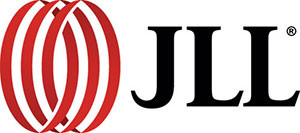
This post is brought to you by JLL, the social media and conference blog sponsor of NAIOP’s CRE.Converge 2025. Learn more about JLL at www.us.jll.com or www.jll.ca.

